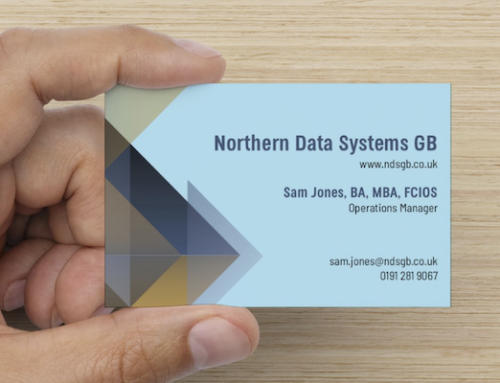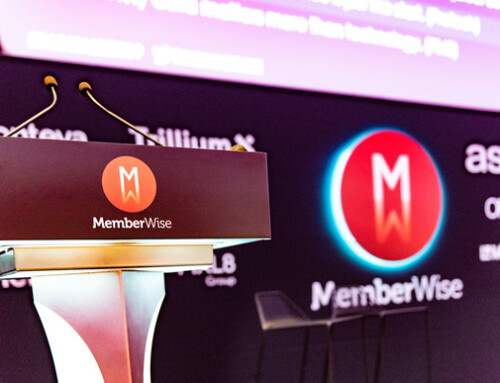Members’ professionalism, lifelong learning and Continuing Professional Development (CPD) is an integral part of my role as Membership Manager for the Institute of Chartered Foresters. The motivation behind members’ CPD is an area that interests me greatly. Earlier this year, I wrote a blog post for the Institute of Chartered Foresters entitled The Top 5 Benefits of CPD.
On Tuesday of this week, I attended the Professional Associations Research Network (PARN) Conference – CPD: Making it Meaningful. I was infinitely impressed by the opening speaker Hilary Lindsay, Vice President of The Institute of Chartered Accountants in England and Wales (ICAEW) and Affiliated Researcher at the Open University, who enthusiastically shared with us her research on CPD and her Career Adaptability Model. It was most illuminating.
In 2011 Hilary surveyed more than 500 Chartered Accountants and when asked to record the relevance of learning activities in their current role, the Top 5 responses were as follows,
1. Accessing the Internet for information
2. Doing your job on a regular basis
3. Reading technical material
4. Reading magazines, newspapers and journals
5. Attending courses, conferences and seminars
However, when the same group were asked to describe learning activities as CPD, the Top 5 responses were as follows,
1. Attending courses, conferences and seminars
2. Reading technical material
3. Reading magazines, newspapers and journals
4. Studying online learning modules
5. Accessing the Internet for information
It would appear many professionals still equate formal learning activities as the premier source of CPD. We, as professional associations have an obligation to our members to communicate and reinforce the importance of informal learning, practical learning and reflection as acceptable, and indeed desirable components of CPD.
In her presentation, Hilary used models from Illeris (2002) and Livingstone (2002) to illustrate the three dimensions of learning and the informed learning iceberg (see below). The majority of our members will readily undertake cognitive learning activities, whether it be attending formal training courses or reading technical material.
But as professional associations we need to encourage our members to,
1. Learn with or from others
2. Learn on the job
3. Learn through reflection
Only by embracing these interpersonal and intrapersonal activities (those learning styles submerged in the ocean at the base of the iceberg) will our members be truly competent professionals.
How best to illustrate this to members of the Institute of Chartered Foresters? The iceberg becomes a tree, obviously.
Further reading.
Illeris, K. (2002) The three dimensions of learning. Roskilde University Press.
Livingstone, D. W. (2002) Lifelong learning and underemployment in the knowledge society: A North American perspective. Supporting lifelong learning. Volume 3: Making policy work. The Open University.








Leave A Comment